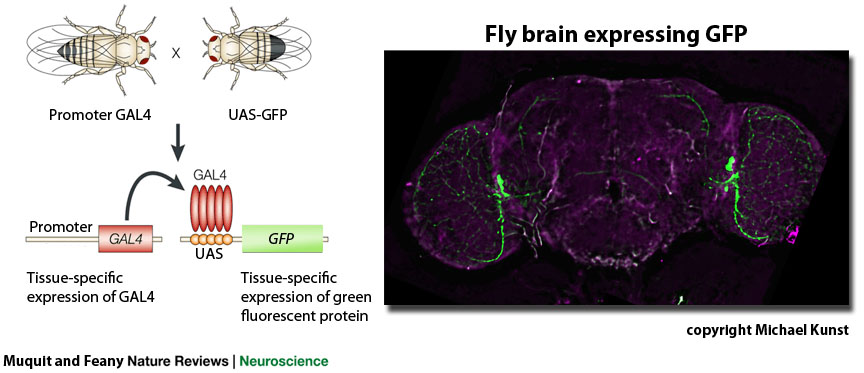I was asked by your teacher Ms Baker to talk to you about my experiences of being a scientist. One of the biggest perks of being a scientist is that you can choose to work on something you are interested in. Also, it helps a lot that I can choose when I want to work. This can be a blessing and a curse. Yes, I can sleep in when I feel like it but that comes with the price of staying late, because at the end of the day, I still have to do my work.
A little bit about myself…I did my undergrad and graduate studies in Germany at the University of Göttingen. After I finished my PhD, I moved to New Haven, CT, to work as a researcher at Yale University. I myself am interested in brain networks that govern behavior. How they assemble, what do they look like and how they change behavior. I chose to work on the fruit fly Drosophila melanogaster, for the reason that they offer easy access to genetic manipulation, reproduce quickly, and most importantly, because the genes between human and flies are are similar. Just as an example, one of the most important genes regulating our sleep/wake cycles (the behavior the researchers in the Yale lab are working on), the gene period, was first discovered in a fly mutant. We and other labs all around the world are now using the genetic tools available for Drosophila to gain a better understanding of how genes shape this kind of behavior.
One of the most versatile tools we have in our arsenal is the GAL4/UAS-system (often referred to as the geneticists swiss army knife). With this system we are capable of expressing genes of interest in a defined subsets of cells (e.g. the nerve cells that are responsible for the daily rhythm of the fly). In this system we have two parts that regulate the expression of genes. One is the GAL4, which is a protein from yeast that activates transcription, but only of proteins found in yeast. What we do is to generate flies that have the gene for GAL4 in their genome. Then, we put a base pair sequence in front of the gene that would normally regulate the expression of a fly gene (this sequence is called a promoter), so that the GAL4 is now only expressed in the same cells that would also express the fly gene. Next, we generate a fly that has a copy of the gene for GFP in its genome. In front of this gene we put a UAS-sequence, this stands for Upstream-Activation-Sequence. The UAS-sequence is important because the GAL4-protein can bind to it and activate transcription of the GFP. If we now cross the two flies with each other the offspring will produce the GFP protein only in the cells in which the GAL4 protein is expressed. On the picture below you can see an illustration of how this technique works and an example that shows a fly brain in which GFP is expressed in very specific brain cells that are responsible for daily rhythms.

Why do you think it is better to have a two parted system for gene expression then just putting the GFP under the control of the promoter?
Over the last two decades laboratories all over the world generated thousands of fly strains that express GAL4 in different tissues and also thousands of flies that have different genes under the control of the UAS-sequence. From this, various genes and networks can be discovered that are important for such behaviors as sleep, learning, and decision making.





